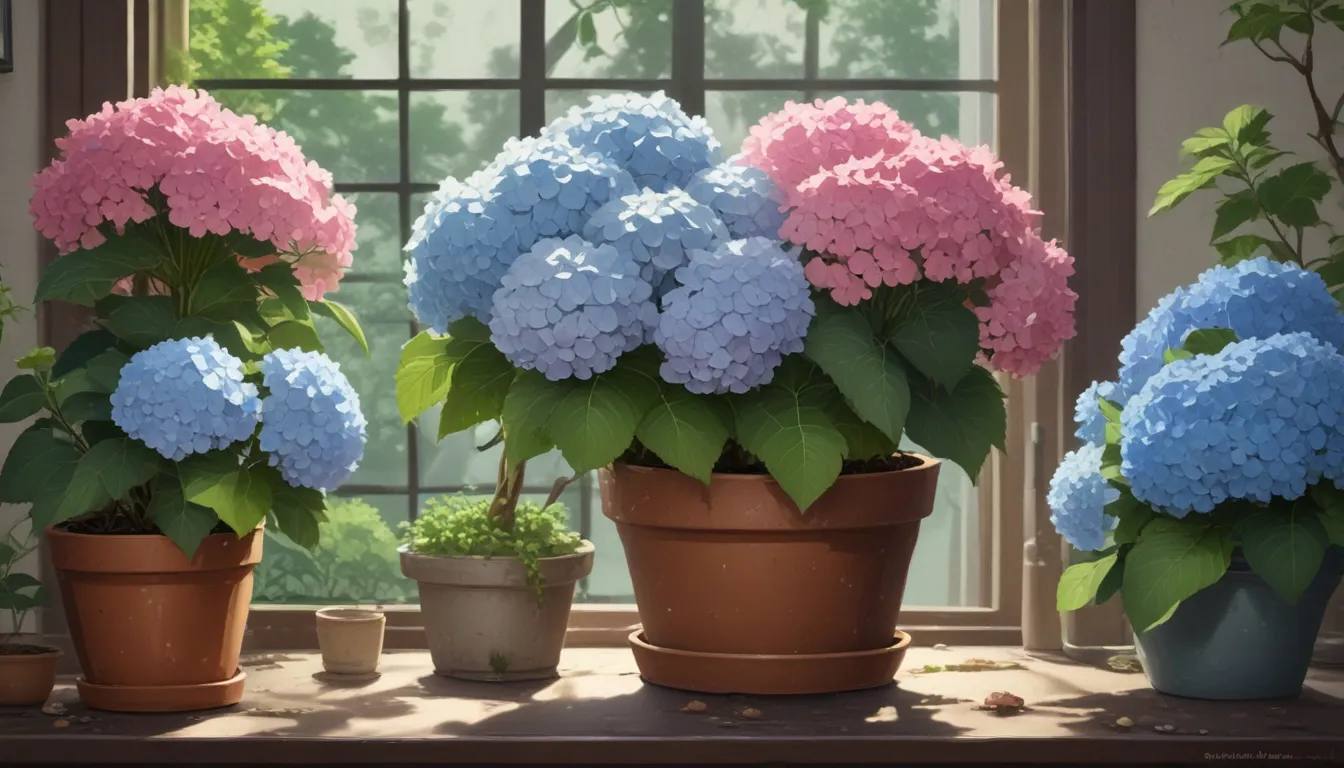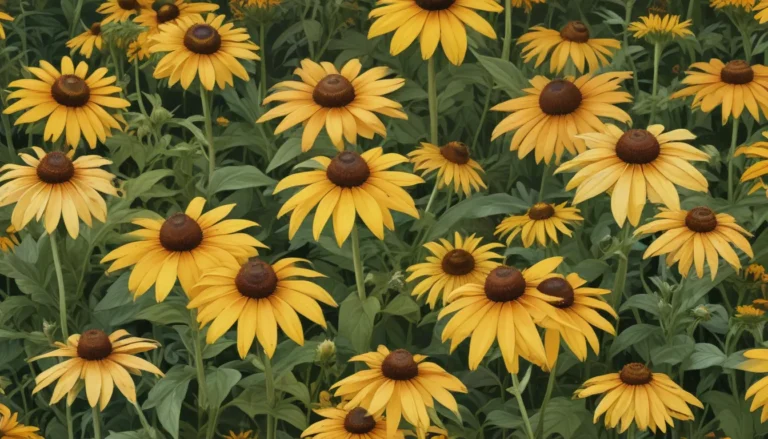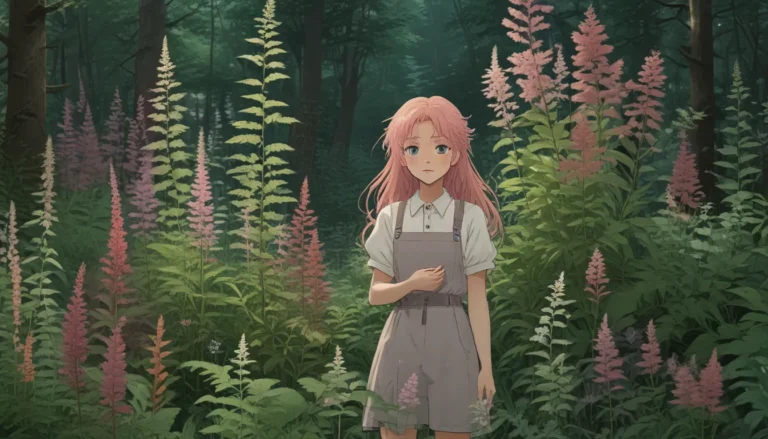The Ultimate Guide to Growing Hydrangea Flowers in Containers

Are you dreaming of adding some vibrant hydrangeas to your garden, but limited on space or looking for a pop of color on your balcony? You’re in luck! Hydrangeas are a versatile and beautiful plant that can thrive in containers, making them a perfect addition to any small space.
In this comprehensive guide, we’ll cover everything you need to know about growing hydrangeas in containers, from selecting the right cultivars to managing pests and diseases. Get ready to transform your garden with these glorious clusters of color and lush leaves!
Getting Started
Hydrangeas come in various types, each with its unique characteristics and growing requirements. From the popular “bigleaf” varieties to the shade-tolerant smooth hydrangeas, there’s a hydrangea for every garden. Here are some key points to consider when getting started with hydrangeas in containers:
- Flowering Seasons: Many hydrangea cultivars produce flowers during the spring, summer, and fall.
- Varietals: Bigleaf, panicle, smooth, mountain, and oakleaf hydrangeas each have distinct features and growth requirements.
- pH Sensitivity: Hydrangeas are sensitive to soil pH, with acidic soil producing blue flowers and alkaline soil producing pink flowers.
- Climate Zones: Different hydrangea species thrive in specific USDA hardiness zones, ranging from 3 to 9.
Why Grow in a Container?
Container gardening offers numerous benefits, especially for those with limited space or in colder climates. Here’s why growing hydrangeas in containers might be the perfect choice for you:
- Space-Saving: Containers allow you to grow hydrangeas in small spaces such as balconies or patios.
- Temperature Control: In colder climates, containers offer the flexibility to bring hydrangeas indoors during winter.
- pH Adjustment: Containers make it easier to adjust soil pH for color-changing varieties.
Choosing the Right Container
Selecting the right container is crucial for the success of your hydrangeas. Here’s what to consider when choosing a container:
- Size: Opt for a pot that’s at least two feet wide and deep to provide ample space for root growth.
- Drainage: Ensure the container has drainage holes to prevent waterlogging.
- Material: Choose containers made of polyresin, terra cotta, concrete, or wood with proper drainage.
Preparing Your Container
Proper preparation of the container and soil is essential for healthy plant growth. Follow these steps to prepare your container for planting hydrangeas:
- Clean and Disinfect: Thoroughly clean and disinfect the container before planting.
- Quality Soil: Use high-quality potting soil or a mixture of topsoil, compost, and perlite for drainage.
- Soil pH: Adjust soil pH if planting pH-sensitive hydrangea varieties such as H. macrophylla.
How to Grow
Planting and caring for hydrangeas in containers is relatively straightforward. Here’s a step-by-step guide to help you grow vibrant and healthy hydrangeas:
- Planting: Ensure the plant is at the same depth in the new container as it was in the original pot.
- Watering: Water thoroughly and place the container in a sheltered area with morning sun and afternoon shade.
- Maintenance: Regularly water, mulch, and fertilize your hydrangeas as needed.
Growing Tips
Maximize the growth and blooming of your container hydrangeas with these essential tips:
- Sun Exposure: Place your container in a sheltered location with morning sun.
- Watering: Water hydrangeas a few times a week or daily during hot spells.
- Pruning: Avoid pruning mophead hydrangeas and cut down varieties that bloom on new wood in the late fall.
Cultivars to Select
Here are a few recommended hydrangea cultivars that are ideal for container growing:
- Cityline Paris: A compact H. macrophylla with green, red, and pink blooms.
- Fire Light: A color-changing H. paniculata with white to deep pink flowers.
- Tiny Tuff Stuff: A compact H. serrata with pink or blue flowers perfect for containers.
Managing Pests and Disease
Protect your container hydrangeas from common pests and diseases with these tips:
- Pest Control: Monitor for aphids and black vine weevils, and use insecticidal soap or neem oil as needed.
- Disease Prevention: Watch for anthracnose, powdery mildew, and other diseases, and take preventive measures.
Best Uses
Enjoy your container hydrangeas in full bloom and use them as stunning cut flowers. Follow these tips for longer-lasting cut flowers:
- Cutting and Maintenance: Cut stems at an angle, change water regularly, and mist blooms for freshness.
- Arrangement: Pair hydrangeas with complementary flowers like marigolds, lavender, and geraniums for a breathtaking display.
Conclusion
With the right container, soil, and care, you can grow beautiful hydrangeas in containers and enjoy their vibrant colors and clusters of blooms. Whether you’re a beginner gardener or a seasoned horticulturist, container hydrangeas offer a versatile and rewarding gardening experience.
What are you waiting for? Start growing your own container garden of dazzling hydrangeas today! Share your container gardening experiences and pictures in the comments below.
For further information on growing hydrangeas and enhancing your garden, check out these additional guides:
- 25 of the Best Hydrangea Varieties for Landscaping, Both Large & Small
- How to Identify and Treat Anthracnose on Hydrangeas
- How to Grow Beautiful Hydrangeas from Cuttings
Get ready to transform your garden into a hydrangea paradise!
*





